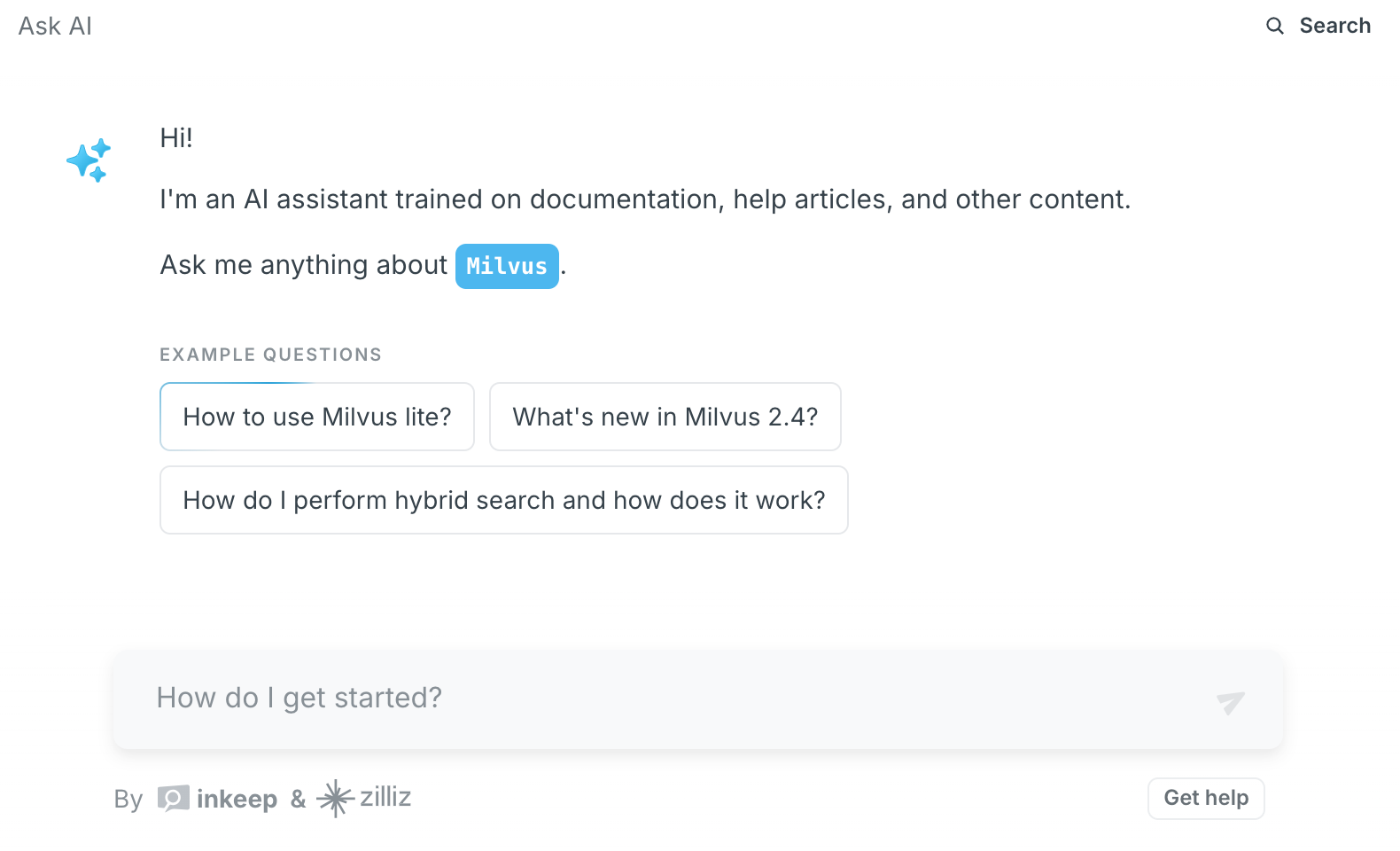In a Retrieval-Augmented Generation (RAG) system, the decoding parameters of a Language Model (LLM) play a crucial role in determining both the consistency and quality of the generated answers. Understanding these parameters can help optimize the system’s performance to better meet the needs of various applications.
Decoding parameters such as temperature, top-k, and top-p (nucleus sampling) collectively influence the randomness and creativity of the model’s outputs. The temperature parameter, for example, controls the probability distribution over possible next words. A lower temperature value results in more deterministic outputs, as it narrows the distribution, making the model favor more likely predictions. This is beneficial for maintaining consistency, especially in scenarios where factual accuracy is paramount, such as in technical documentation or customer support responses. Conversely, a higher temperature increases randomness, which can be useful for generating creative content but may reduce the reliability of the response.
Top-k sampling limits the model to considering only the k most probable next words. By setting a smaller k, the model’s output becomes more focused and constrained, similar to lowering the temperature. This helps ensure the generated text remains within expected bounds of coherence and relevance. However, if k is set too low, it might stifle the model’s ability to produce nuanced responses. In contrast, a larger k allows for more diverse outputs, which can be advantageous in creative writing but may introduce variability that could compromise the answer’s consistency in a RAG system.
Top-p sampling, or nucleus sampling, is another strategy that dynamically adjusts the set of potential next words based on a cumulative probability threshold. This method balances randomness and determinism by including only the smallest set of words whose combined probability exceeds the threshold p. A lower p value yields more consistent outputs, suitable for applications requiring precise language, while a higher p value allows for more variability and creativity.
In a RAG system, where the LLM works in tandem with a retrieval component, these decoding parameters must be carefully tuned to harmonize with the system’s overall goal. For example, in a context where the retrieved documents are expected to provide authoritative information, a more deterministic setup (low temperature, small k, or low p) ensures that the generated answers adhere closely to the retrieved context. On the other hand, if the system aims to generate engaging and varied content based on user queries, allowing for more randomness might enhance the user experience.
Ultimately, the choice of decoding parameters should reflect the specific requirements of the RAG application, balancing the need for consistency with the potential benefits of variability. By fine-tuning these parameters, developers can optimize the system to deliver high-quality answers that align with the intended purpose, whether it be factual accuracy, creative exploration, or a combination of both.
